Orange Immortelle
Display all 10 images
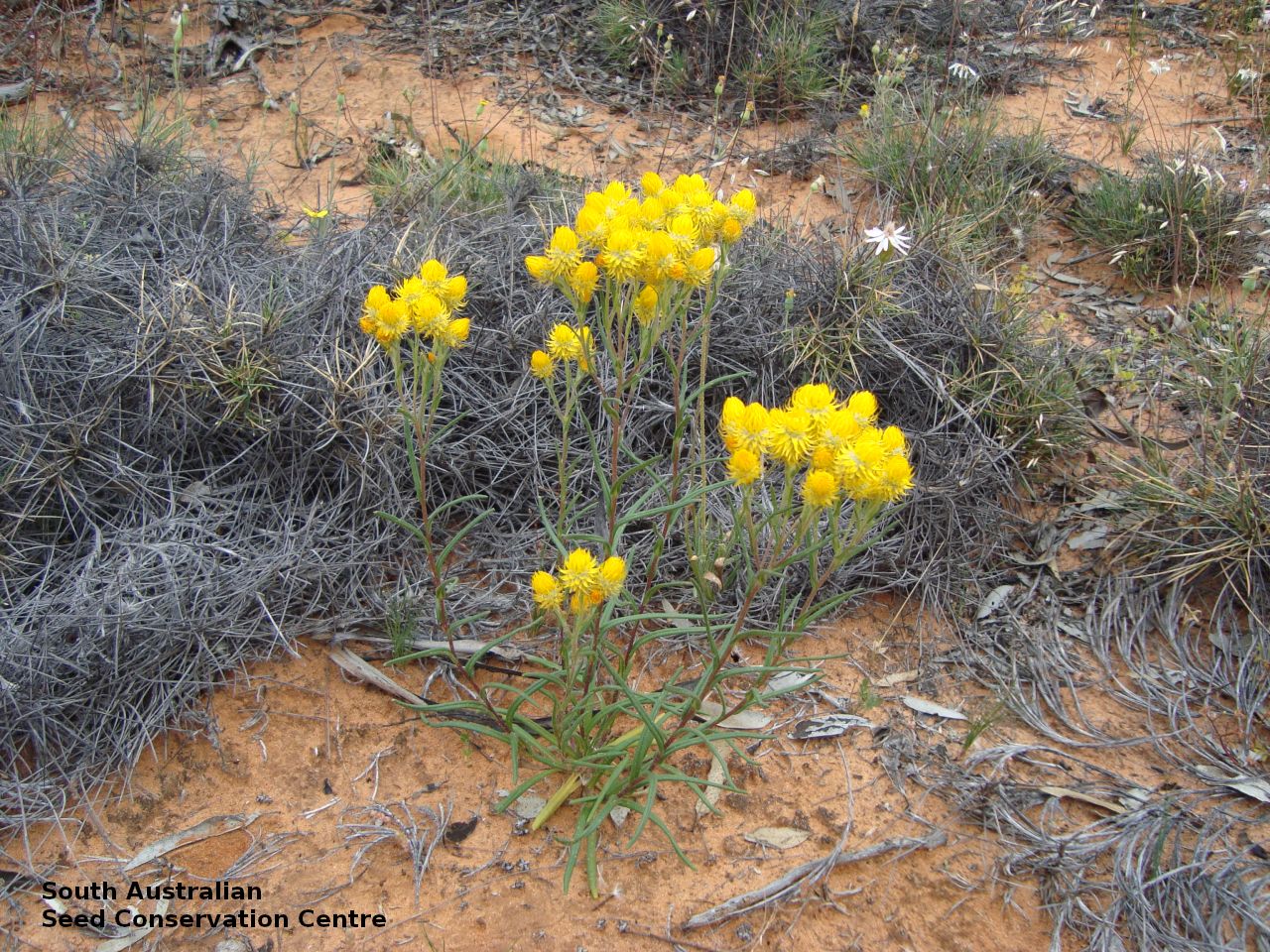
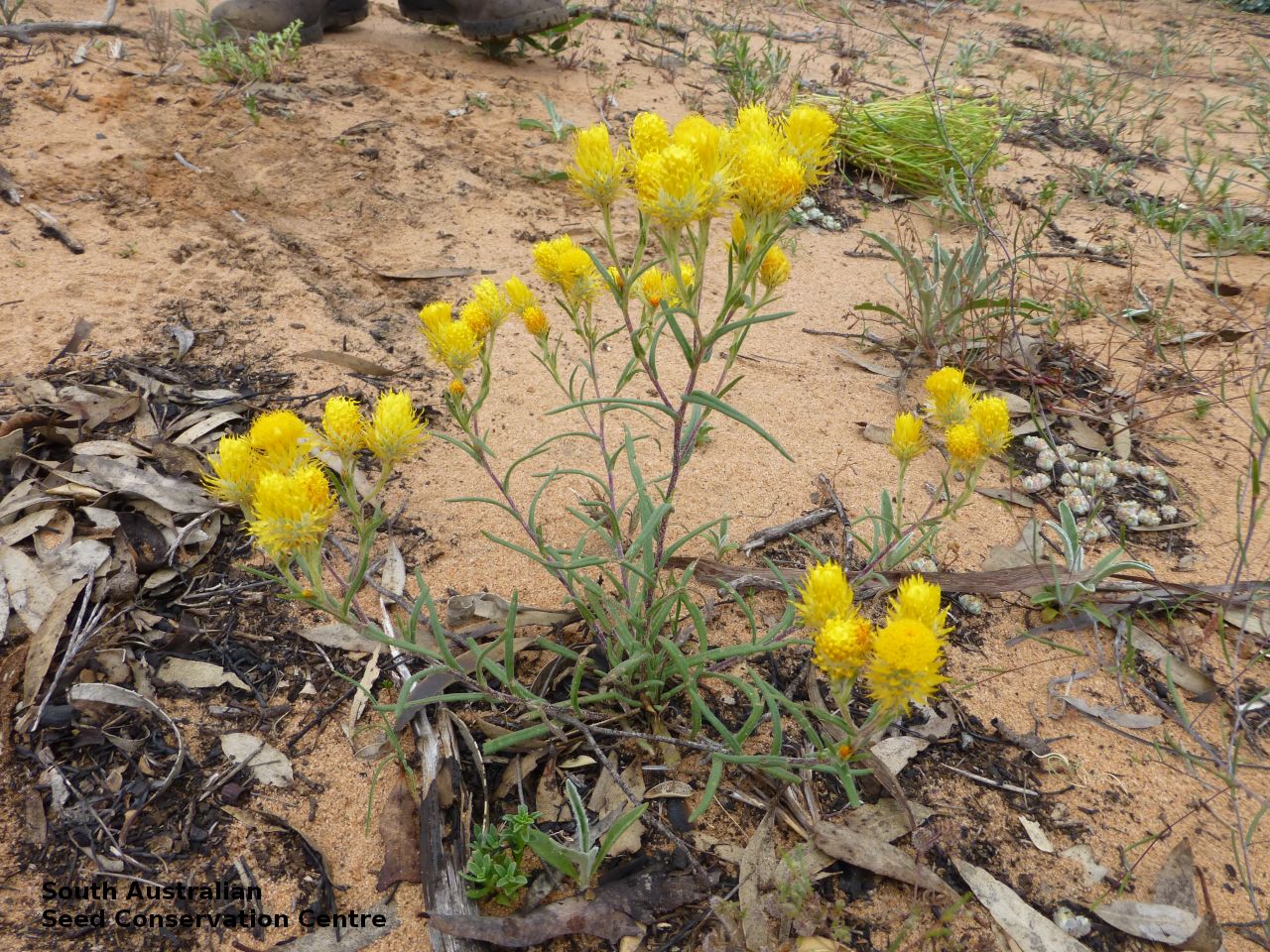
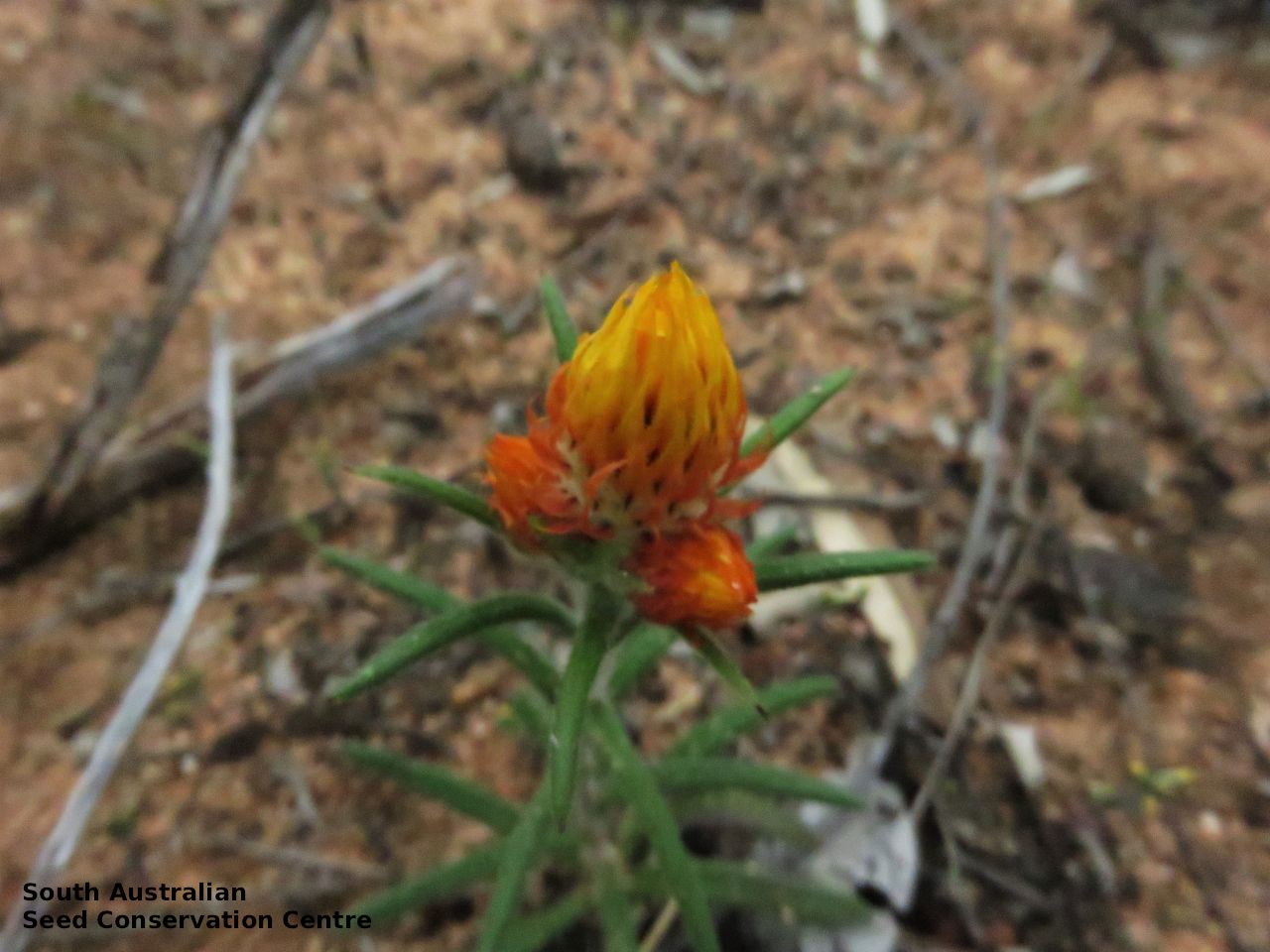
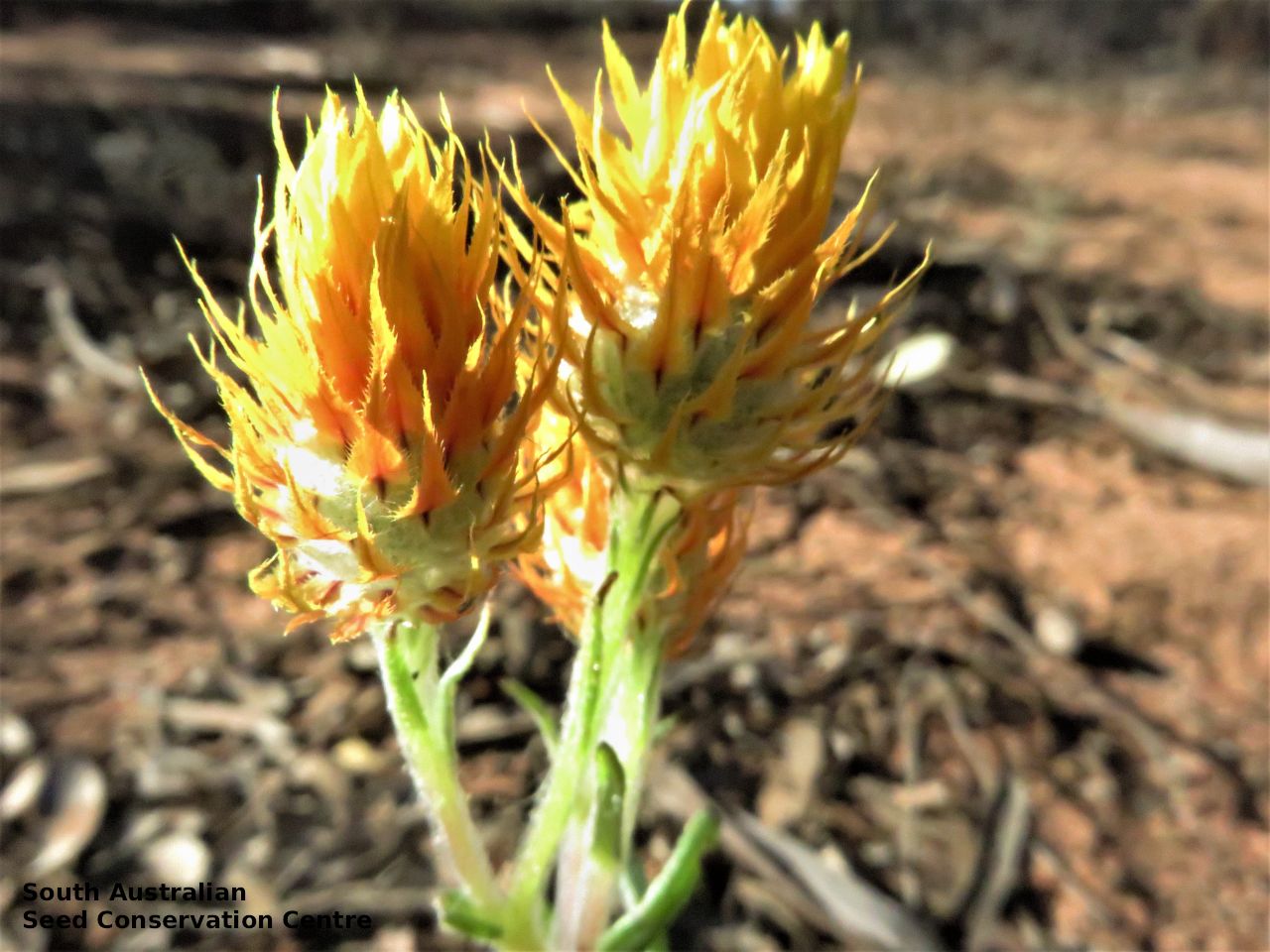
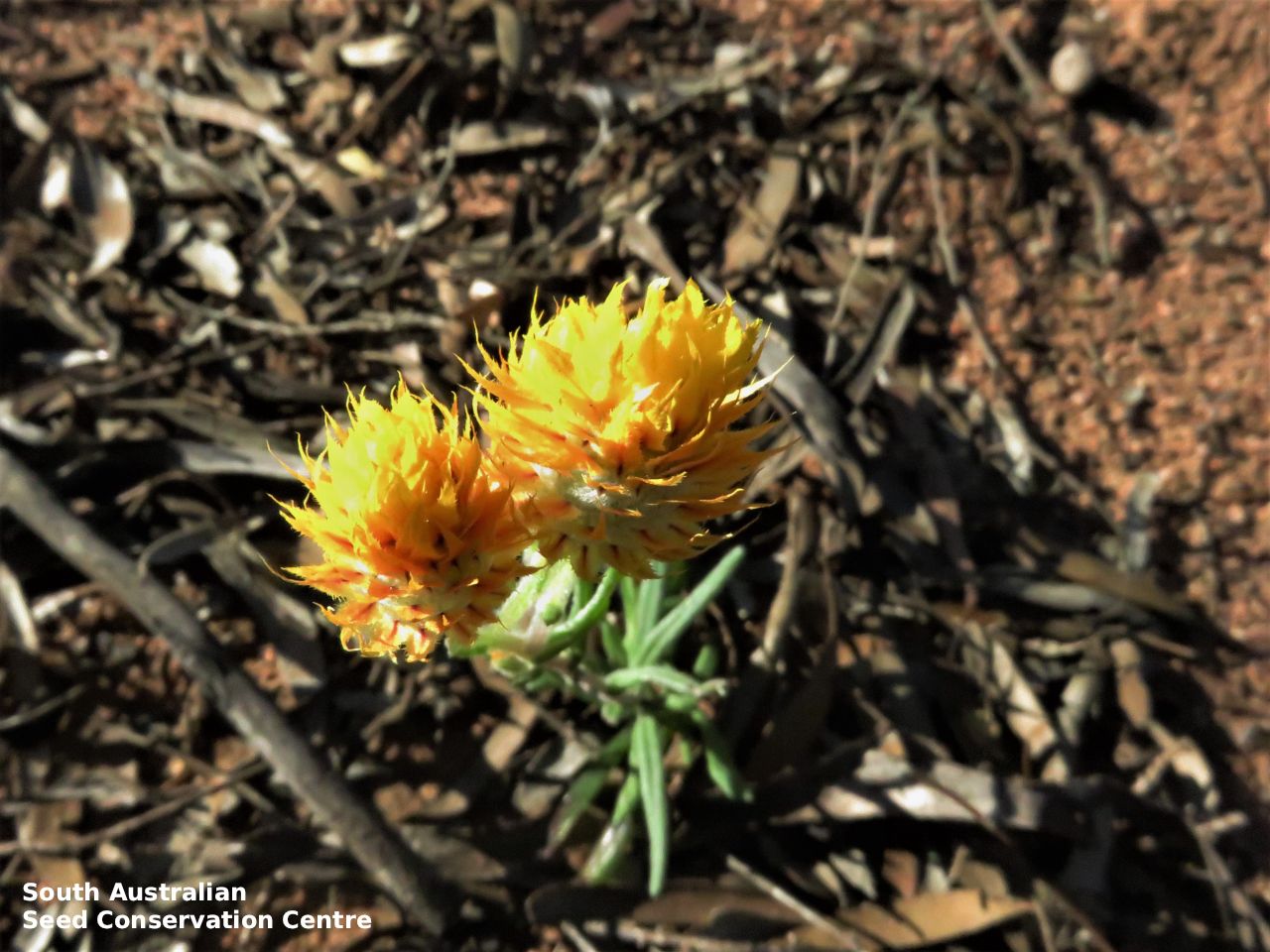
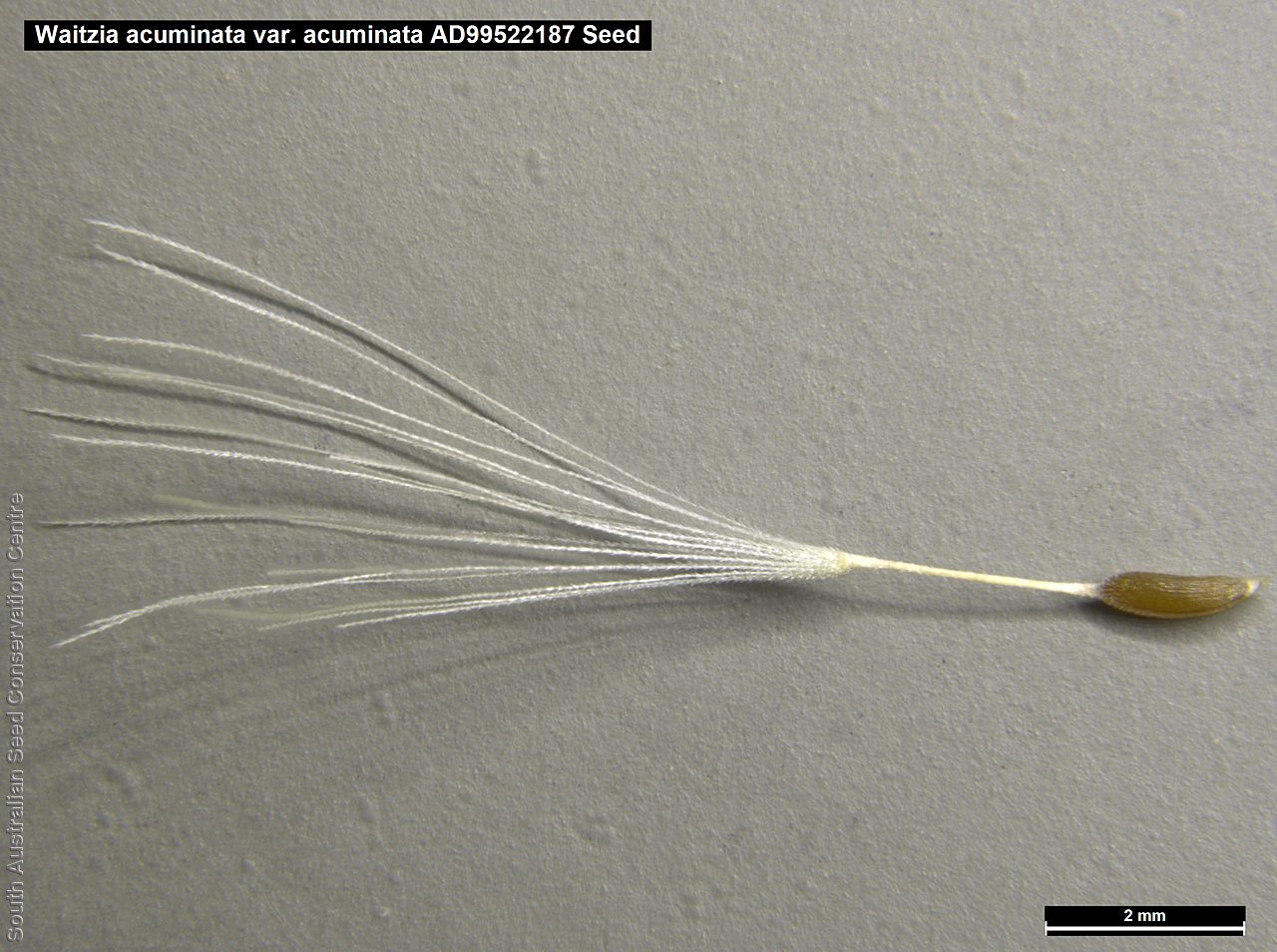
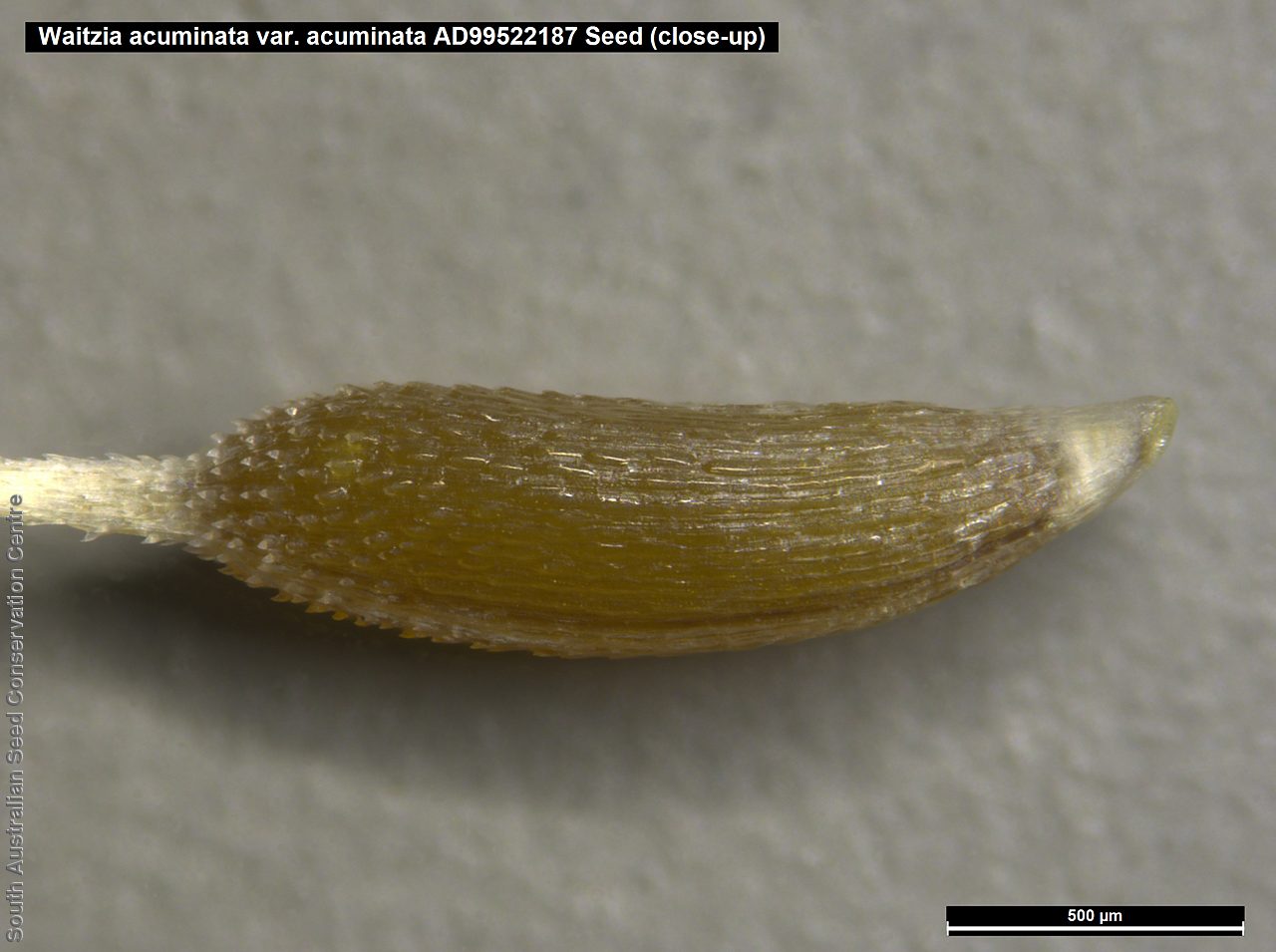
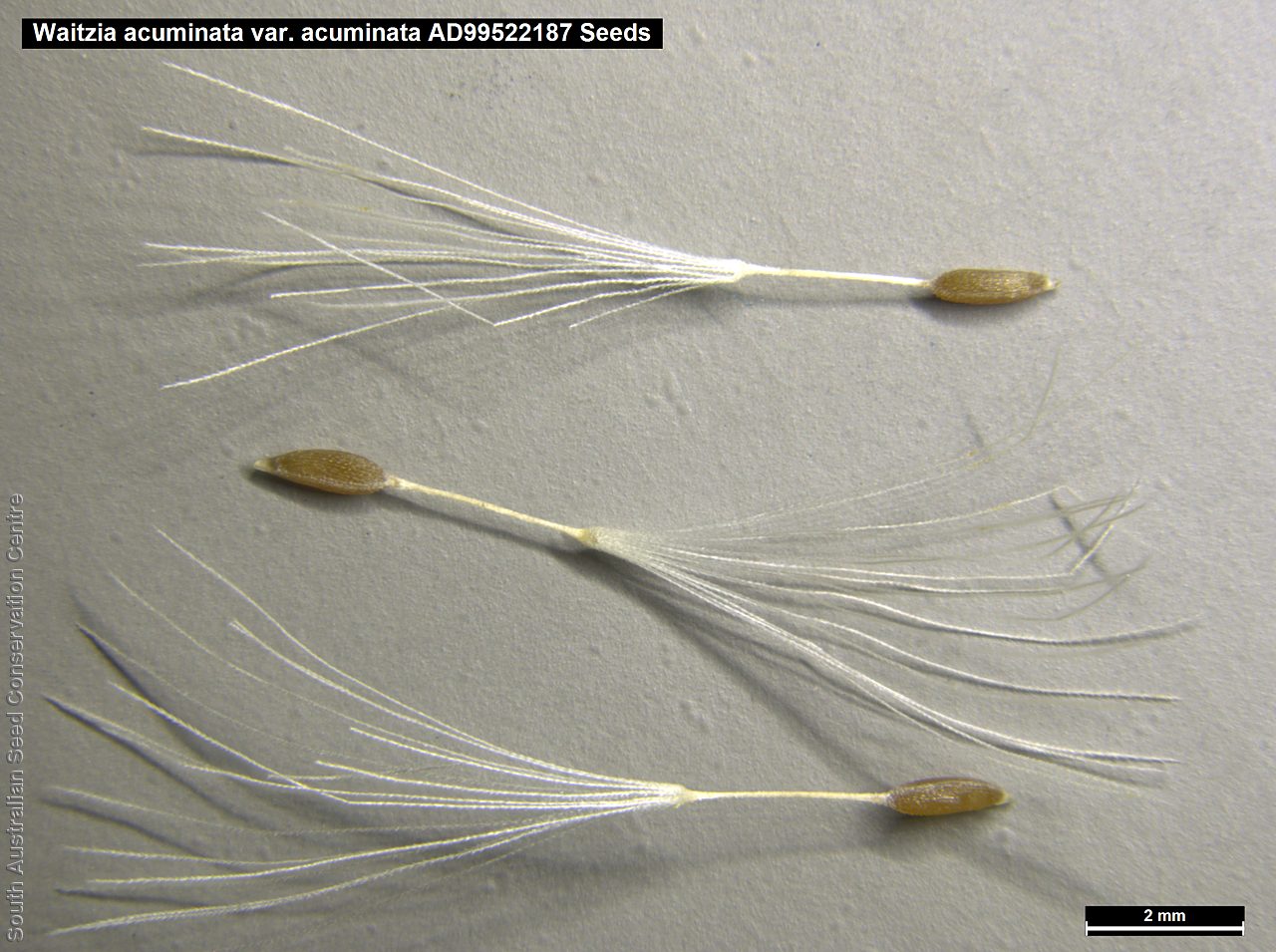
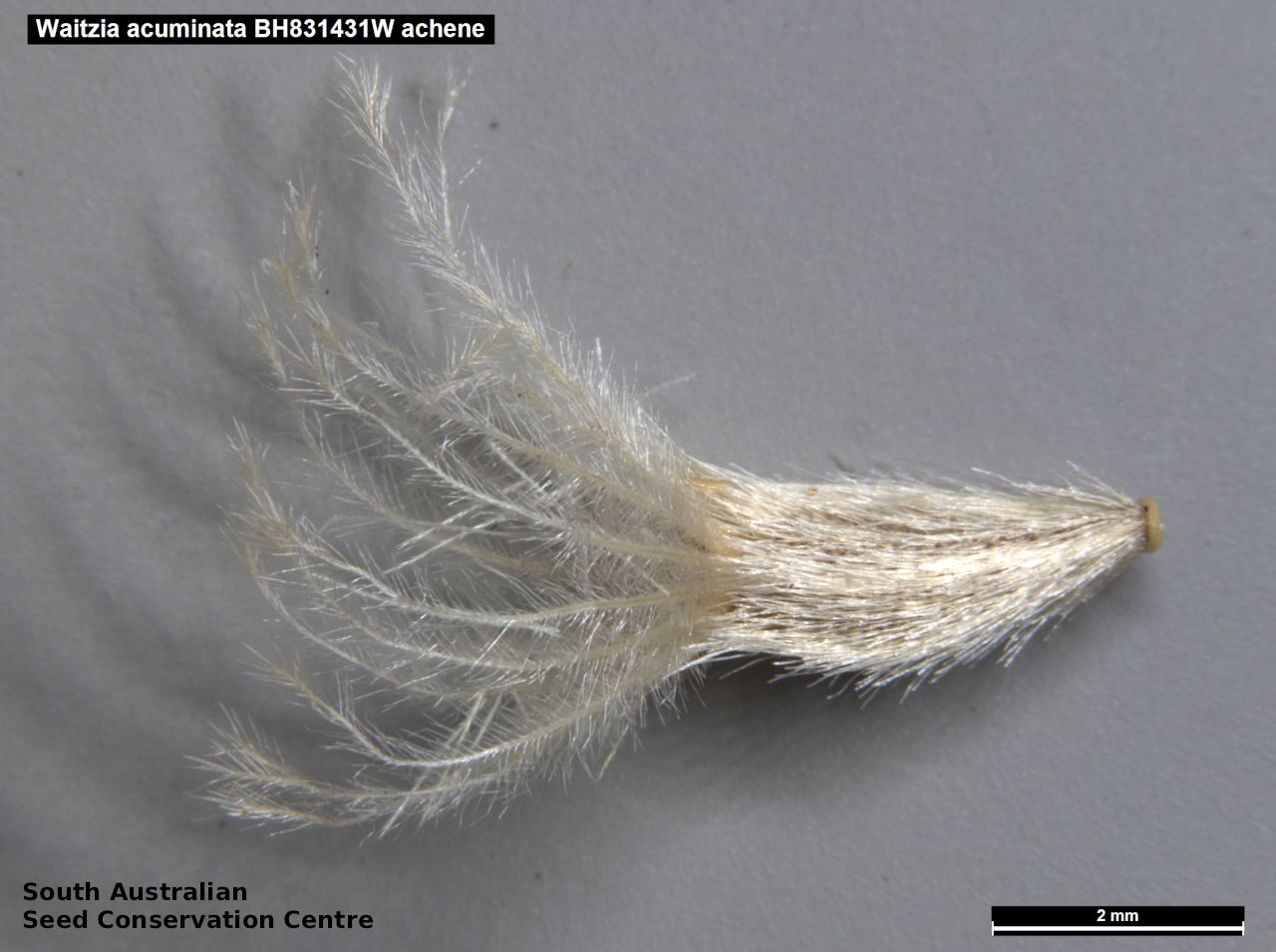
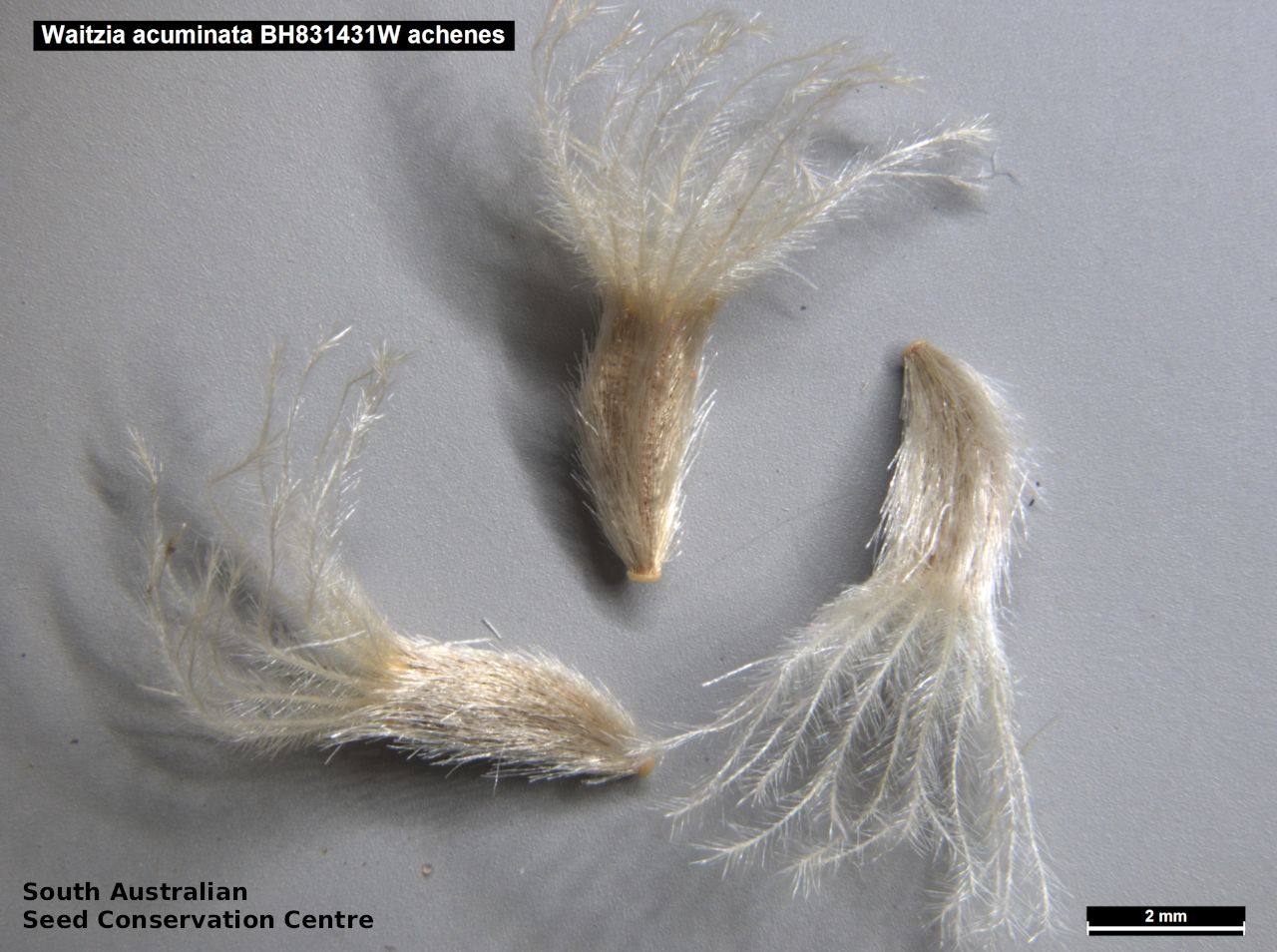
Regional Species Conservation Assessments per IBRA subregion.

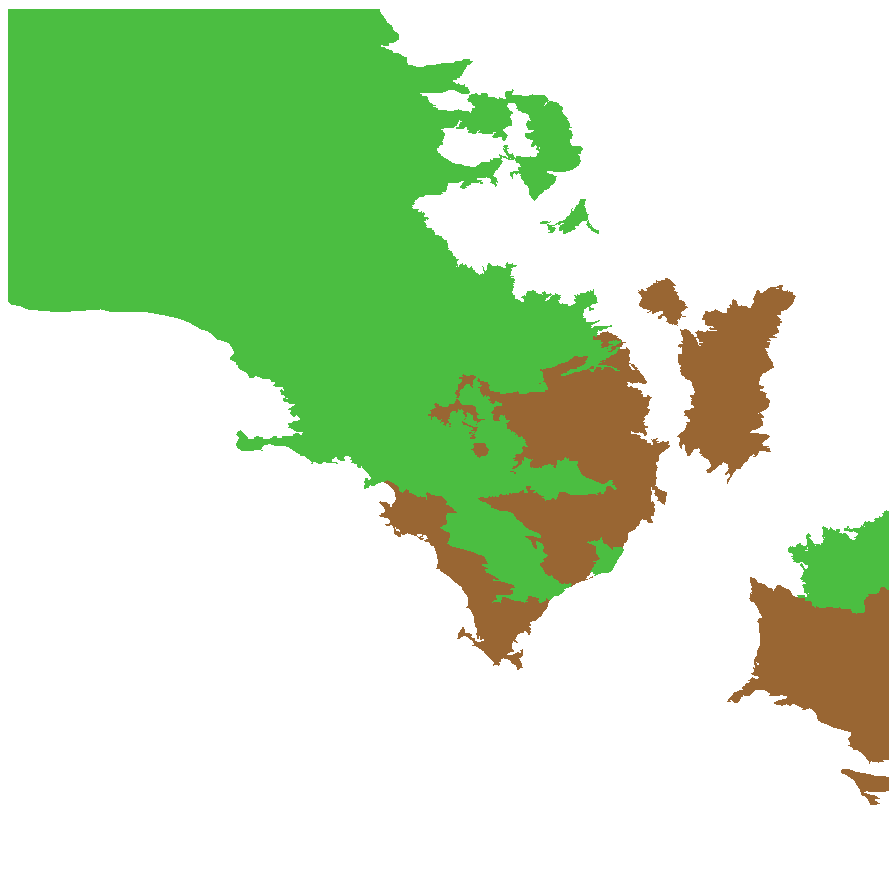
Least concern
Near threatened
Rare
Vulnerable
Endangered
Critically endangered
Extinct
Data deficient
Adelaide
Arkaroola
Ceduna
Coober Pedy
Hawker
Innamincka
Marla
Marree
Mount Gambier
Oodnadatta
Renmark
Wudinna
Keith
Yunta
Display IBRA region text
| Northern Flinders (FLB05) | Flinders Lofty Block | Rare (IUCN: RA d(i,ii)) (Probable Decline) |
| Central Flinders (FLB06) | | Rare (IUCN: RA d(i,ii)) |
| Eyre Hills (EYB03) | Eyre Yorke Block | Rare (IUCN: RA d(ii)) |
| Talia (EYB04) | | Rare (IUCN: RA d(ii)) |
| Eyre Mallee (EYB05) | | Least Concern |
| South Olary Plain (MDD01) | Murray Darling Depression | Least Concern [ephemeral] |
| Murray Mallee (MDD02) | | Rare (IUCN: RA d(i,ii)) [ephemeral] |
| Lowan Mallee (MDD04) | | Rare (IUCN: RA d(i,ii)) [outlier] |
| Murray Scroll Belt (RIV06) | Riverina | Rare (IUCN: RA ab) (Probable Decline) [ephemeral] |
| Myall Plains (GAW01) | Gawler | Rare (IUCN: RA d(ii)) (Probable Decline) |
| Gawler Volcanics (GAW02) | | Least Concern |
| Gawler Lakes (GAW03) | | Rare (IUCN: RA d(ii)) |
| Arcoona Plateau (GAW04) | | Rare (IUCN: RA d(i,ii)) |
| Kingoonya (GAW05) | | Least Concern |
| Roxby (GAW07) | | Least Concern |
| Commonwealth Hill (GAW08) | | Least Concern |
| Maralinga (GVD03) | Great Victoria Desert | Least Concern |
| Kintore (GVD04) | | Least Concern |
| Tallaringa (GVD05) | | Least Concern |
| Yellabinna (GVD06) | | Least Concern |
| Carlisle (NUL01) | Nullarbor | Least Concern |
| Breakaways (STP01) | Stony Plains | Least Concern |
| Oodnadatta (STP02) | | Least Concern |
| Mann-Musgrave Block (CER01) | Central Ranges | Least Concern |
| Watarru (CER02) | | Least Concern |
| Everard Block (CER03) | | Least Concern |
| Tieyon (FIN03) | Finke | Least Concern |
| Pedirka (FIN04) | | Least Concern |
| 2 of 6 subregions | Flinders Lofty Block | Rare |
| 3 of 5 subregions | Eyre Yorke Block | Least Concern , Rare |
| 3 of 6 subregions | Murray Darling Depression | Least Concern , Rare |
| Murray Scroll Belt (RIV06) | Riverina | Rare (IUCN: RA ab) (Probable Decline) [ephemeral] |
| 7 of 8 subregions | Gawler | Least Concern , Rare |
| 4 of 4 subregions | Great Victoria Desert | Least Concern |
| Carlisle (NUL01) | Nullarbor | Least Concern |
| 2 of 7 subregions | Stony Plains | Least Concern |
| 3 of 3 subregions | Central Ranges | Least Concern |
| 2 of 2 subregions | Finke | Least Concern |
Botanical art
Kath Alcock paintings: 2
Prior names
Waitzia corymbosa
Etymology
Waitzia name after Karl Friedrich Waitz (1774-1848), a privy councillor of the Duchy of Saxe-Altenburg. Acuminata from the Latin 'acuminatus' meaning pointed or sharpened; referring to the lanceoate bracts.
Distribution and status
Found across most parts of South Australia except in the south-east and north-east corners, growing in mulga and mallee, usually on red sand dunes. Also found in all mainland states. Native. Common inn South Australia. Uncommon in Queensland. Common in the other states.
Herbarium regions: North Western, Lake Eyre, Nullarbor, Gairdner-Torrens, Flinders Ranges, Eastern, Eyre Peninsula, Murray, South Eastern
NRM regions: Alinytjara Wilurara, Eyre Peninsula, South Australian Arid Lands, South Australian Murray-Darling Basin, South East
AVH map: SA distribution map (external link)
Plant description
Annual herb to 50 cm high with stems erect to ascending, numerous from the base, unbranched, brown, pubescent. Basal leaves narrowly oblanceolate to elliptic, subacute, to 11 cm long, often absent at flowering, stem leaves narrowly lanceolate to linear, acute, to 70 mm long and 5 mm wide, sparsely cobwebby to pubescent, with recurved margins. Flowers loose clusters at end of stalk with reddish-orange to golden-yellow papery daisy flowers. Flowering between July and October. Fruits are yellow-brown daisy head. Seed embryo type is spatulate.
Seed collection and propagation
Collect seeds during January, November. Collect whole heads that are brown or collect seeds that are easily removed from the head. Place the heads in a tray for a week to dry. Then rub the heads gently with your hands to dislodge the seeds. Viable seeds will be dark and hard. Store the seeds with a desiccant such as dried silica beads or dry rice, in an air tight container in a cool and dry place. Seeds are non-dormant, viable seed should germinate readily.











